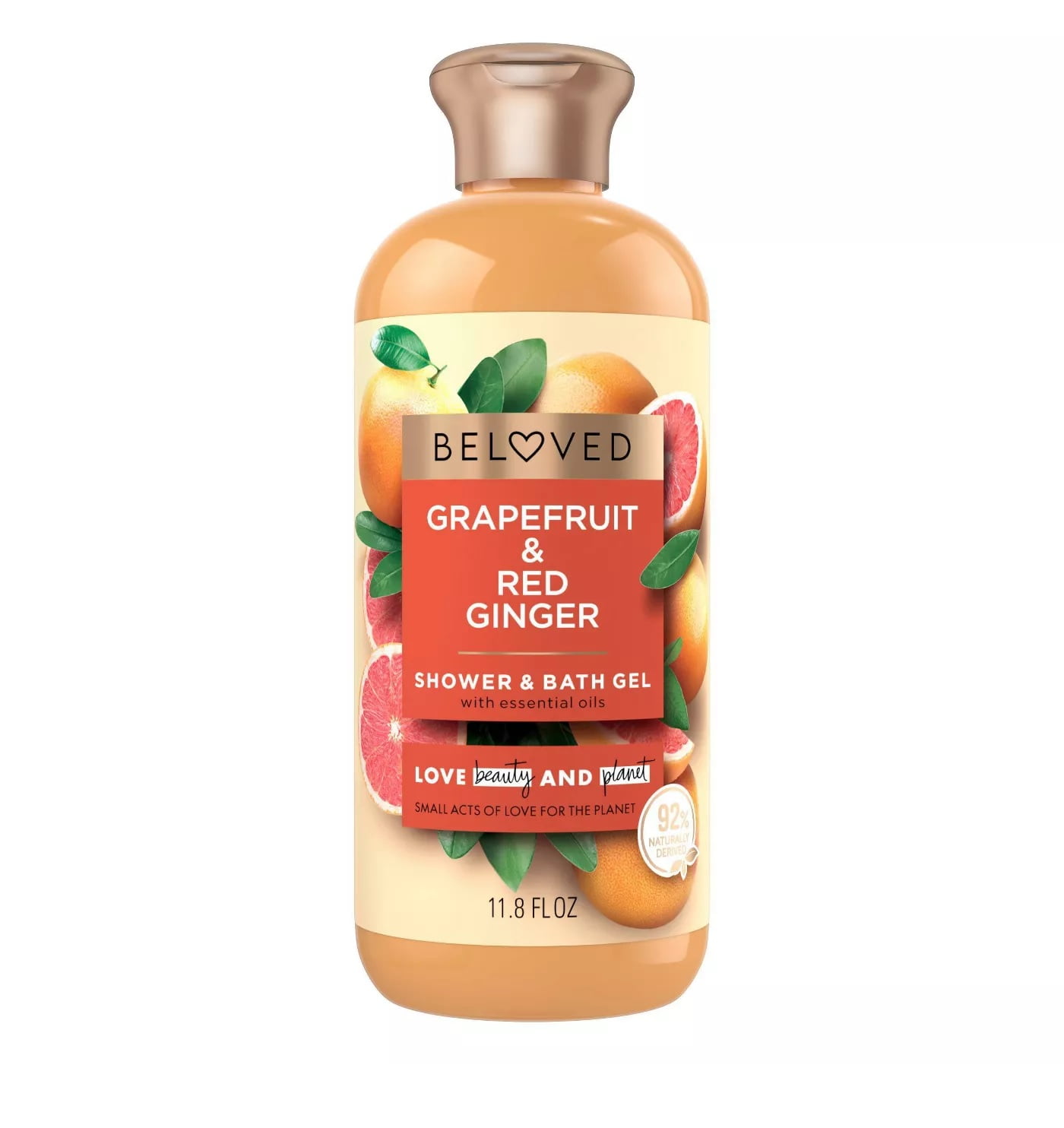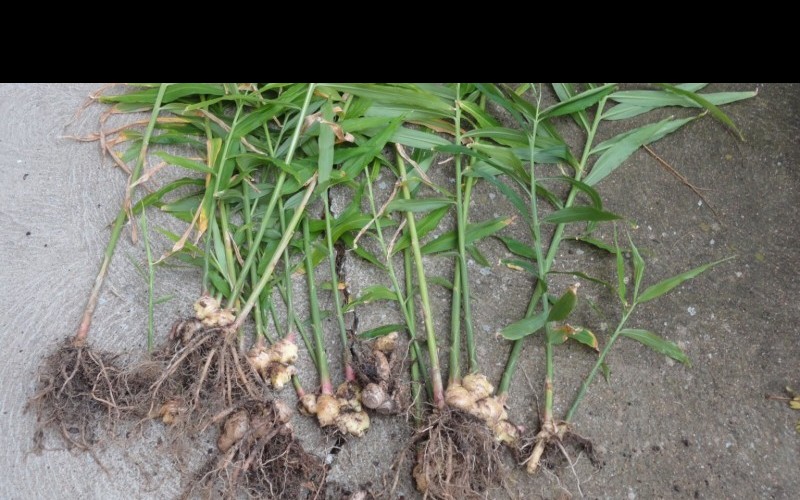
Choose a spot in your garden that has good drainage, and where the water doesn’t pool. Outdoors, they will grow best in an area where they’re protected from direct sunlight and high winds. They require fertile soil, high humidity, and temperatures that stay above 50☏.

The first step toward successfully growing ginger plants is site selection. It sounds like such an exotic plant, but the great news is that growing ginger is easier than you might think! Even though there are tons of different types, the basic ginger care instructions are the same for all. In addition to being gorgeous, the buds are edible too, and can add delicate flavor to stocks and soups. The more mature blooms take on a yellow hue. The blossoms are beautiful and exotic, and can also be very fragrant.įor those growers willing to invest the time, these lovely flowers grow in clusters of white to pink. Many types of ginger plants will flower in the right conditions. Simply plant it in a container that can be put outdoors in warm weather, and brought back indoors during the colder months. It’s hardy in zones 8 through 10, so you can grow it in your garden if you live in a warm climate.Įven though it’s a tropical plant, it is fairly easy to grow ginger in colder climates too. Though most people only know it as a culinary spice, ginger is a perennial plant in its native environment. Butterfly Ginger (Hedychium coronarium).Below are a few good options for you to try. However, the rhizome flesh can range in color from white to red, yellow, light brown, or cream. The different varieties look fairly similar above the ground, though some have wider leaves than others. Most varieties have green leaves, but some are variegated. There are hundreds of types of ginger, some are great for harvesting, while others are best grown as ornamental or flowering plants. They can grow up to 4’ tall in their life cycle, but it takes several months for the rhizomes to develop to a harvestable size. It is not a root or a bulb, but technically a rhizome, which is a modified horizontal stem as opposed to roots.Īlthough the rhizome is the harvestable portion, the foliage and blooms make beautiful specimen plants.

The term “ginger root” is a bit misleading for the rough, tan, finger-like structures found in the produce department. This culinary spice is native in Southeast Asia. Ginger root (Zingiber officinale) is a zesty and fragrant staple in many Asian inspired dishes. General purpose plant food in spring and summer Ginger Plant Care Overview Scientific name:īloom color and timing depends on the varietyĬonsistently moist soil, do not overwater


 0 kommentar(er)
0 kommentar(er)
